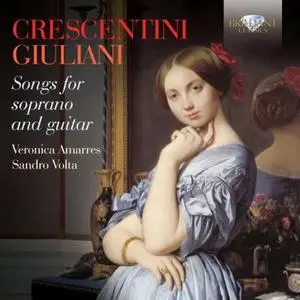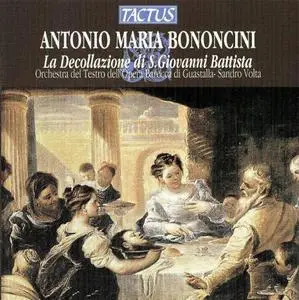Veronica Amarres - Crescentini & Giuliani: Songs for Soprano and Guitar (2014)
WEB FLAC (tracks+booklet) - 158 MB | Tracks: 20 | 45:12
Style: Classical | Label: Label Brilliant Classics
WEB FLAC (tracks+booklet) - 158 MB | Tracks: 20 | 45:12
Style: Classical | Label: Label Brilliant Classics
Today’s concept of bel canto is founded primarily on the beautiful melodies of the brilliant virtuoso opera arias of La sonnambula, L’elisir d’amore etc; this recording aims to challenge the listener’s understanding of this term by introducing another, much lesser-known facet: that of chamber bel canto, or bel canto da camera. Ariettas by two Italian 19th-century composers Mauro Giuliani and Girolamo Crescentini are thus included, and while neither of these names are normally counted among the ‘bel canto’ greats, such as the opera-centric Bellini and Donizetti, both composers’ chamber works in fact reveals the “subtlety of the human soul much more deeply,” argue the artists, “than in the brightest operas arias.”



